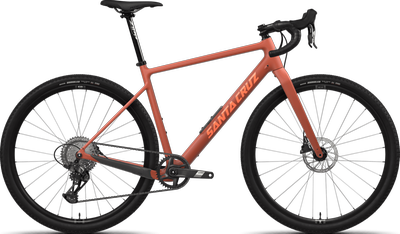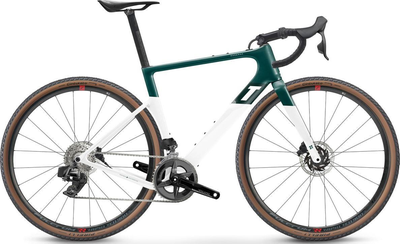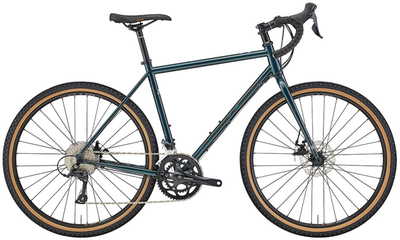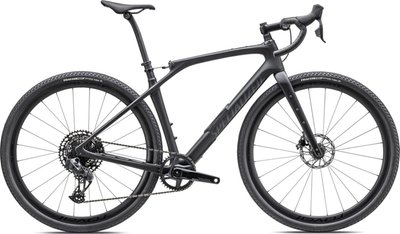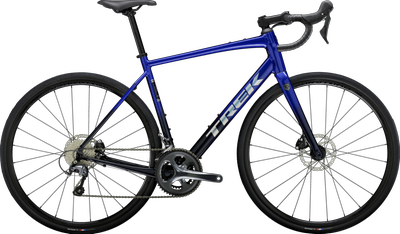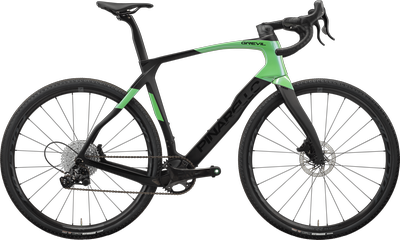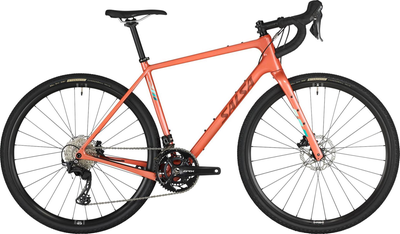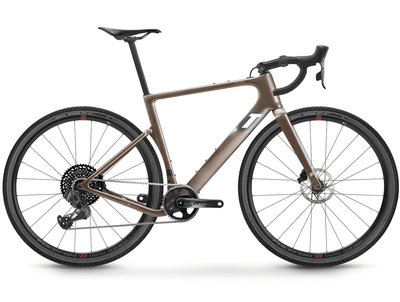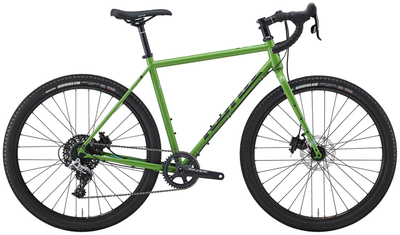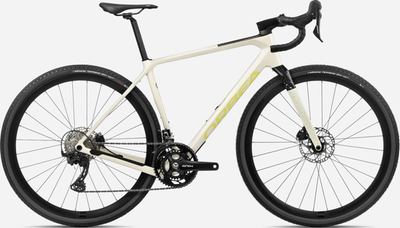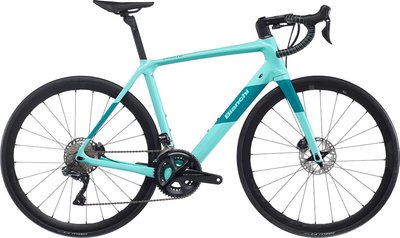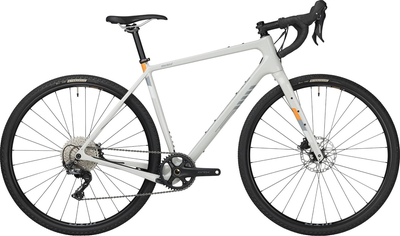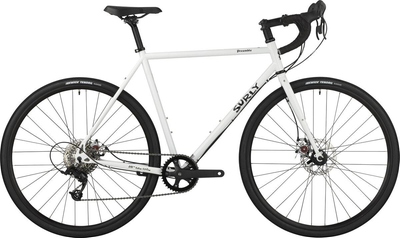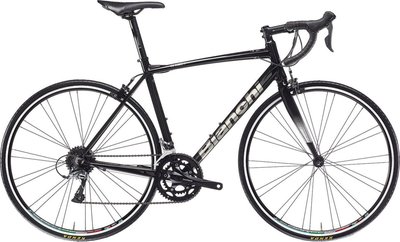Gravel Bikes
146 Results
Gravel Bikes
Gravel bikes allow you to ride on a variety of surfaces. They have bigger tires to reduce the amount of slipping and sliding. The lower-angle fork absorbs road bumps, and the cross-section frames prevent them from getting stuck in ruts or holes. If you're unsure about your ability to ride on dirt, rocks and other rough terrains, you need to invest in a bike designed specifically for such riding conditions. Gravel bikes allow you to create unique gravel routes when you pick out segments of gravel roads, forest tracks and trails.
Looking for deals? We have them! Discover our selection of gravel bikes on sale!
What is a gravel bike?
Gravel bikes, also known as adventure bikes, are essentially road bikes that are intended to handle a variety of conditions, carry extra gear, and are appropriate for all-day riding on less frequented roads. Their sturdy construction makes them more robust than regular road bikes, with a broader gear range and enough room for much bigger tires.
The user adaptability of a gravel bike is one of its most distinguishing features. Gravel bikes, which fall between road bikes and mountain bikes, are suitable for both road riding and mountain biking.
What are some must-have gravel bike accessories?
Gearing up for your rides can make all the difference when it comes to grinding out miles through rough terrain. There are specific tools you should keep handy to accomplish this goal. Besides serving their intended purpose, the accessories will alleviate the tension caused by unexpected events while riding.
1. Gravel Bars
Handlebars allow you to have more control over your bike. They function similarly to automobile steering. You have complete control over the bike with them.
2. Shoes
A good gravel bike shoe will assist you in maintaining balance both on and off the road. Gravel bike shoes will turn your regular ride into a fantastic experience, regardless of how rough the terrain might be. With a wide-based tread design, this shoe is engineered to give you maximum grip and traction on the most uneven surfaces.
3. Jersey
Gravel riders, and cyclists in general, should wear a sturdy jersey. It should be durable and constructed of a stretch fabric that is ventilated. A good quality jersey should be able to handle long-distance rides and adventures off the beaten path without a problem.
4. Shorts
Gravel biking needs shorts that are neither too tight nor too baggy. It should be appropriate for riding trips and made of breathable materials. It should be snug but not too tight, and it features a stretchy strip of cloth that can be adjusted to promote comfort on the bike.
5. Front Suspension
If you plan on riding over rough terrain for a lengthy amount of time, a suspension fork is an ideal solution. This fork softens the impact of bumps and makes the bike more stable. Because most gravel bikes lack a suspension fork, it's a good idea to invest in one as part of your gravel bike accessories.
6. Pedals
Pedals are another important component of a bicycle. The pedal you choose for your bike should be able to handle a variety of surfaces.
7. Drivetrain
The chainring, pulley wheels, cassette, crankset, chain, and derailleurs make up a bike's drivetrain. They collaborate to ensure that the shift runs smoothly while in motion. When riding on uneven terrain, the drivetrain adjusts the brake levers to provide rider control.
8. Helmet
It is suggested that you wear a helmet while riding. As a cyclist, a helmet is an essential piece of equipment. Gravel riding can take hours, and for long-distance rides, you'll want a helmet that will guard you against the harsh sun rays and protect your head in the event of a crash.
9. Bike computer
To travel through the ideal terrain for gravel riding, you might want a bike computer that can provide you with all the information you need for your cycling journey. You can use the device to find your location or trip stats such as distance, speed, time spent riding, calories burned, and even the routes you've traveled. Bike computers don't just measure the data – they help you improve it!
10. Tires
Gravel tires have always been a bit wider than regular tires. Because of the kind of terrain they encounter, they are quite large. The tires are low-resistance on rocky terrain and have excellent traction. As a result, the tires are suitable for uneven terrain, as they provide a good grip on tracks.
11. Front and rear lights
When you go gravel riding, you never know when it will start to get dark. As a result, having a front and rear light on your bike is recommended.
Where can I buy gravel bikes near me?
If you consider buying a bike, be it an electric bike or a kids bike, you do not have to go to a store and pick one out yourself. It's as simple as visiting the BikeExchange website and looking through the vast range of bikes and accessories.
If you're new to the sport, research and compare different makes and models of bikes online. If you're just getting started, focus on a sturdy frame. We've already put in a lot of effort on this front, and that's why we only sell high-quality bicycles.
We take pride in offering everything from the most economical ones to the most luxurious and well-known bikes on the market. At BikeExchange, we offer a variety of options that will meet your taste and budget. Check out our full suspension mountain bikes, Cannondale mountain bikes, as well as other high-end bikes for a great deal!



